16 Apr Why being active is not the same as being strong
As a physiotherapist, I hear many sentiments along the lines of, ‘I am very active. I go for long walks and I am very active doing gardening and housework almost every day. I don’t understand why I am getting injuries. I thought the more active you are, the healthier and injury free you should be.’ So, what goes wrong?
The way I explain the problem to my patients is that our body has a finite capacity to perform an activity. Whether it is an athletic task like running, cycling or playing sport, or even as simple as maintaining good sitting or standing posture, there is always a limit to how long our muscles can work until they become overloaded. Often, this is a particular muscle or group of muscles that is mechanically disadvantaged because of poor posture. Motor control issues may also contribute to a particular muscle being a ‘weak link’ too. Pushing past your limits will not necessarily make that ‘weakest link’ any stronger, and often will cause problems for the surrounding structures that will have to pick up the slack as you press on past your capacity to do that activity. What results is muscle overload which feels like muscle tightness and soreness, and the surrounding passive structured feel stressed and strained which feels like an achy and inflammatory pain.
So, if you want to be more active while looking after your body, what should be done? You want to identify what is the ‘weakest link’ in the chain that starts to break down as you reach your limits to do an activity. Your physiotherapist can help you with this and identify what the best strategy will be to do some targeted strengthening for your ‘weak links’. Often this can also involve finding the best strategies to address any associated motor control issues that should also be addressed.
Beyond targeted strengthening, you want to ensure you have a formal strength training routine so that you can improve your overall capacity. While it may be necessary to customise your strength training routine around any pre-existing conditions and your recovery time, it should have the following three characteristics:
- 1) Muscles should be challenged against resistance to a certain repetition maximum. This means after performing the exercise a certain number of times, you can’t continue any further without losing good technique. This could be as little as 3 reps to 20 reps depending on your strength or endurance goals.
- 2) The strength training session should be repeated ideally every 3 to 5 days. Typically, greater than 7 days, your body will start to return to baseline levels of strength as the supercompensation that occurs in the muscle will be lost.
- 3) Each successive bout of exercise should be carefully progressed so that progressive overload of the muscle occurs. You should be able to do ‘a little bit more’ with each successive bout of training. This could be done in a variety of ways, such as increasing the resistance, repetitions or the time under tension.
At Physio Fit Studio – we advocate for our clients to develop and maintain a strength training program. We specifically cater for individuals who are already managing pre-existing injuries and conditions as well as those unfamiliar with strength exercise and want to minimise their risk of new injury. Furthermore, we assess posture to identify ‘weak spots’ that may need targeted strengthening before a full body strength training program is implemented. So, if you are wanting to look after your body and are unsure where to start, our experienced physiotherapists can guide you in the right direction so that you be active and minimise injury.


Call: (02) 6674 4142